Looking for a new iron or piece of kit to enhance the one you already own? Check out these 7 new bits of guns and gear to grow your firearms wish list.
The New Guns And Gear:
- Butler Creek Featherlight Single Point Sling
- Primary Weapons Systems Bravo Delta Echo 762
- Redding Reloading NXGen Carbide Sizing Dies For Straight Wall Cases
- Marlin 1895 Guide Gun
- Brownells BRN-180 Upper Color Variations
- Luth-AR Sidekick Balance Weight
- Frankfort X-10 Progressive Press With Case Feeder
Butler Creek Featherlight Single Point Sling
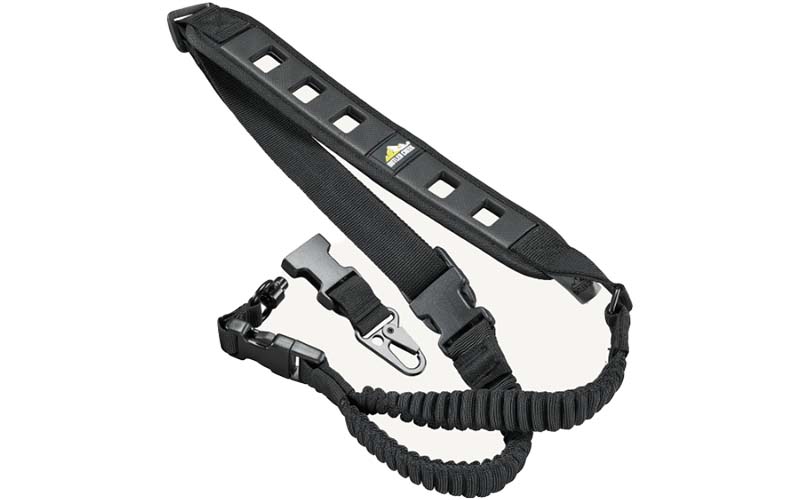
For most, there’s no more DIY than hunting, which means gathering up the right equipment for the job. While typically thought of as a tactical option, Butler Creek has scratched up a single-point sling aimed at hunters, which looks to streamline their system. Constructed of 1.25-inch high-strength nylon webbing with bungee for added support and comfort, the system boasts a lightweight foam pad, designed to reduce the felt weight of a firearm. Attaching via HK snap hook or QD swivels, the unit hooks up to a wide variety of sling systems and presenting hunters with a lightning-fast way to mount their rifle is a whole different take on toting your firearm in the field.
MSRP: $40
Primary Weapons Systems Bravo Delta Echo 762
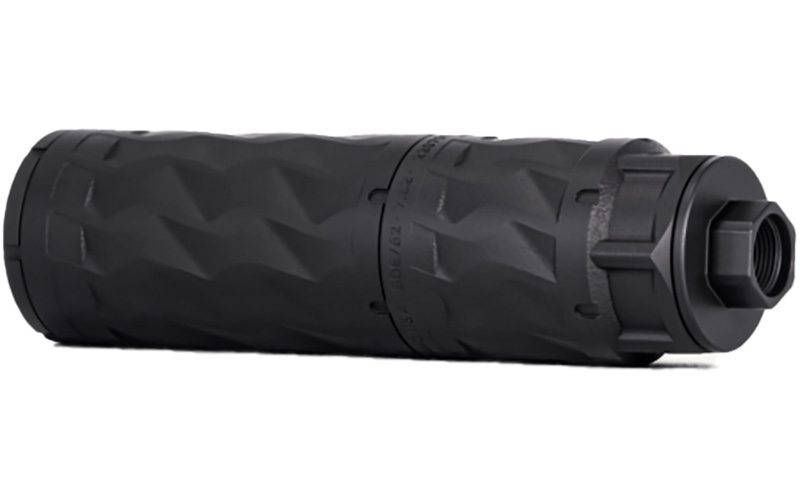
Perhaps no accessory has dominated the firearms scene as of late like the suppressor. Why not? Cooling the blistering report of a gun, while making it more manageable—there are few upgrades with more upside. Primary Weapons System has unveiled its new line of cans. Kicking off the Bravo Delta Echo series is a beast designed to handle some of the snappiest calibers. Rated up to .300 Winchester Magnum, the 762 is built to handle heavy hitters. The unit is constructed out of a durable 3D-printed titanium alloy and is modular, allowing for five different configurations. Compatible with 1.375×24 TPI mounts and adding only 17 ounces (in largest configuration) to a rifle, it’s an interesting addition for any 30-caliber shooter.
MSRP: $1,100
Redding Reloading NXGen Carbide Sizing Dies For Straight Wall Cases
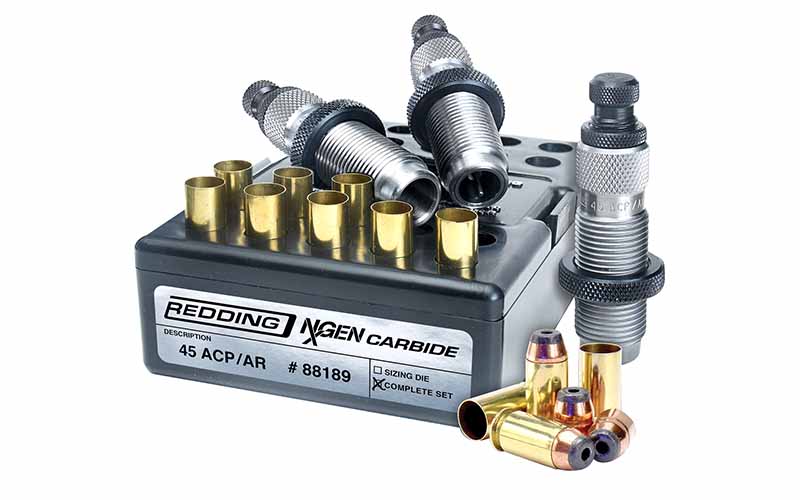
For handloaders, Redding holds a rarefied position. Few other equipment companies are more synonymous with dead-nuts accuracy than the New York manufacturer. And there’s good news for fans of straight-walled cases: Redding has turned the attention to these standbys with its NXGen Carbide Sizing Dies. These dies help maintain the excellent bullet retention of previous generations of dies, but without excessively oversizing the entirety of the case. For one, say goodbye to the “Wasp Waist” often found on a case after running them through a single-ring die. Moreover, expect improved dimensional accuracy from the dies, leading to better chamber fit and downrange results.
MSRP: Set at $123 and up
Marlin 1895 Guide Gun
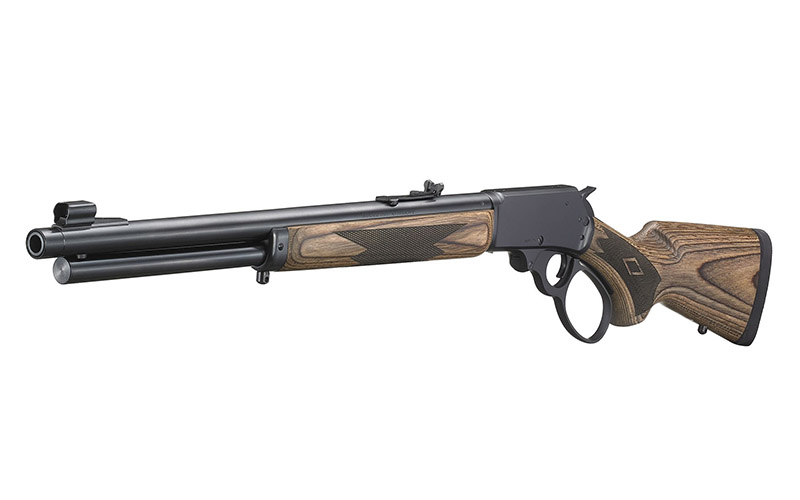
Few things have been as highly anticipated as the relaunch of Marlin Firearms under Ruger’s banners. So far, the new owner hasn’t disappointed. The second rifle released under Ruger, the 1895 Guide Gun, is one of the classics of which diehard lever-gun aficionados have been champing at the bit. Chambered .45-70 Government, the big-bore brute brings the muscle hunters expect in a brush gun fit for any North American game. And, featuring a 19-inch cold hammer forged barrel, threaded muzzle, 6-round capacity, oversized loop on the lever-action and fully adjustable semi-buckhorn sights. Throw in an attractive brown laminate stock—well checkered for a positive grip—and you have one heck of a gun.
MSRP: $1,149
Brownells BRN-180 Upper Color Variations

Part of the attraction in building your own carbine is complete control over your creation—within reason. This is why Brownells addition to color choices to its BRN-180 uppers is a welcome development. For those who might have forgotten or didn’t hear, the BRN-180 is the company’s take on the classic AR-180—a short-stroke piston variation of the AR-15, a popular option among those who appreciate a folding stock on their carbine. Alongside the original matte black, shooters can now choose from Olive Drab Green and Gray Cerakote finishes. The gray versions are presently available in .223 Wylde, with 16- and 10.5-inch barrel options, while the ODG comes in .223 Wylde with a 10.5-inch barrel. Expect more calibers and barrel options in these colorful uppers soon.
MSRP: $1,000
Luth-AR Sidekick Balance Weight
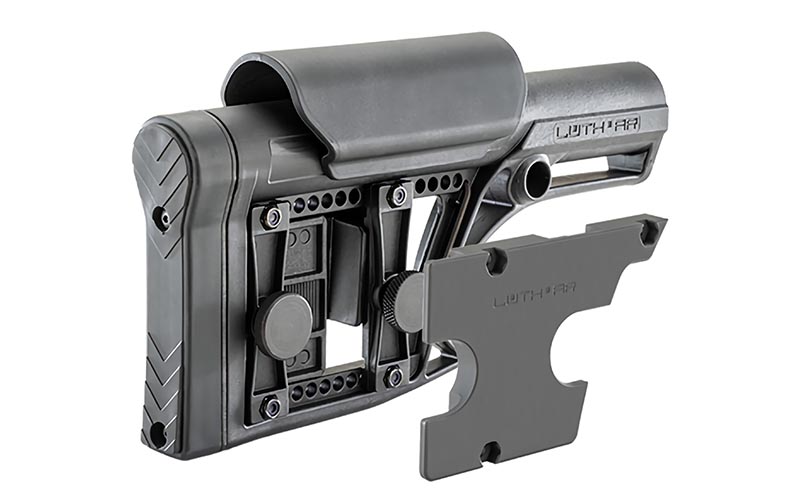
Looking to tune your AR to clip a gnat’s hind-end? When it comes to buttstocks, Luth-AR’s MBA-1 and MBA-2 are the tickets. Fully adjustable for comb height and length of pull, the stocks are perfectly tailored to the person behind the trigger. Things are now getting a bit sweeter, with the company adding the Sidekick Balance Weight to the modular system. While not for every shooter, the weight system should prove popular for those aiming to add recoil-eating mass to their guns or balance out a front-heavy system. Simply attaching via three screws, the Sidekick is as easy as pie to add to an MBA stock.
MSRP: $70
Frankfort X-10 Progressive Press With Case Feeder
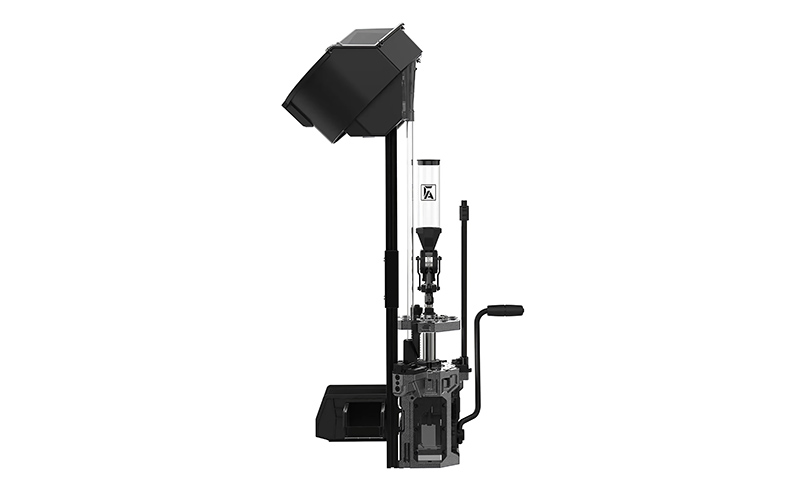
There comes a time in every reloader’s career when a single stage simply won’t cut it. Enter the Frankfort X-10. A progressive system that’s essentially like your own personal ammunition plant, the relatively affordable progressive press turns out precision ammo in mass. First off, the X-10 is a 10-station, all-steel, automatic indexing reloading press purpose-built for serious reloading. Add to that a slew of extras, such as powder measure, swappable tool head and shell plates, comfortable roller handle and an LED light and you have everything you need to turn out loads of quality ammo. Additionally, case and primer feeders mean you have to do little more than pull the handle.
MSRP: $1,200
Editor's Note: This article originally appeared in the December 2022 issue of Gun Digest the Magazine.
Get More Guns And Gear:
- New Guns And Gear November 2022
- New Guns And Gear October 2022
- New Guns And Gear September 2022
- New Guns And Gear August 2022
- New Guns And Gear July 2022


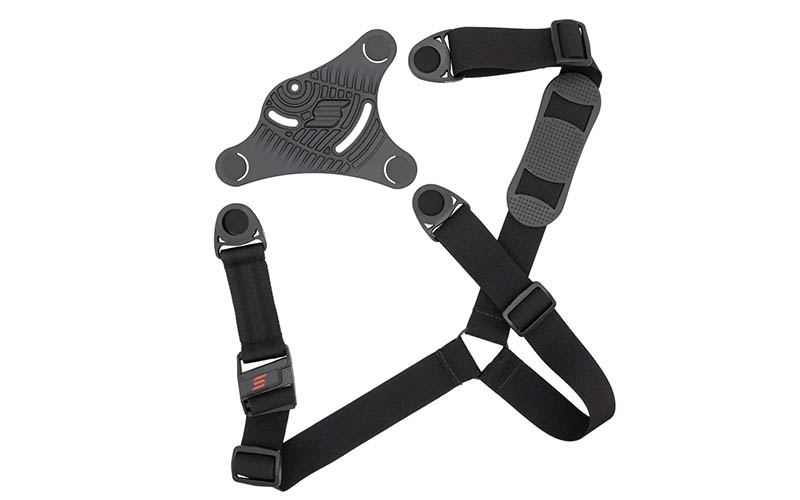
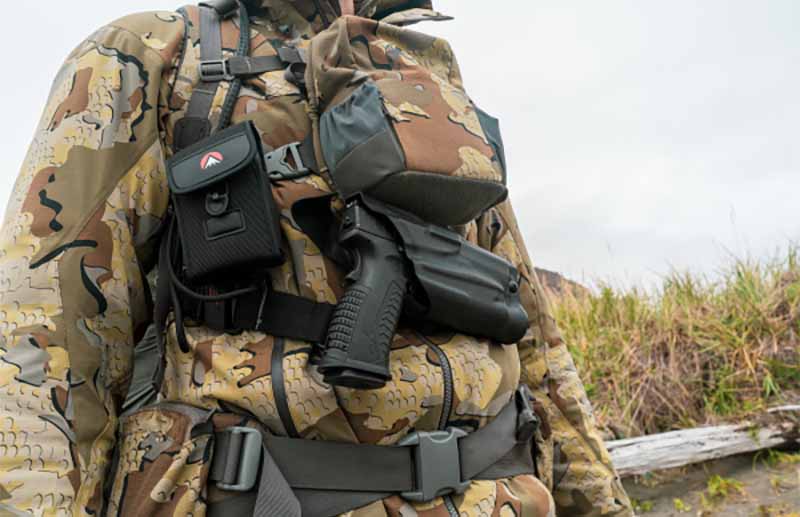
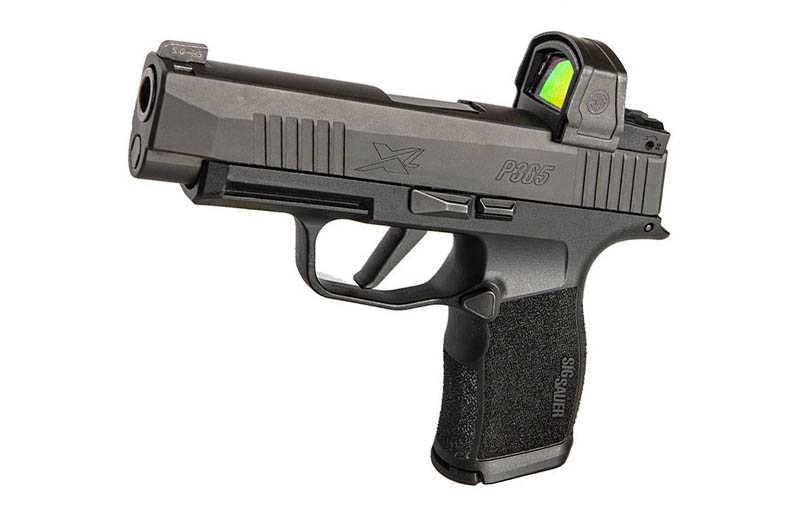
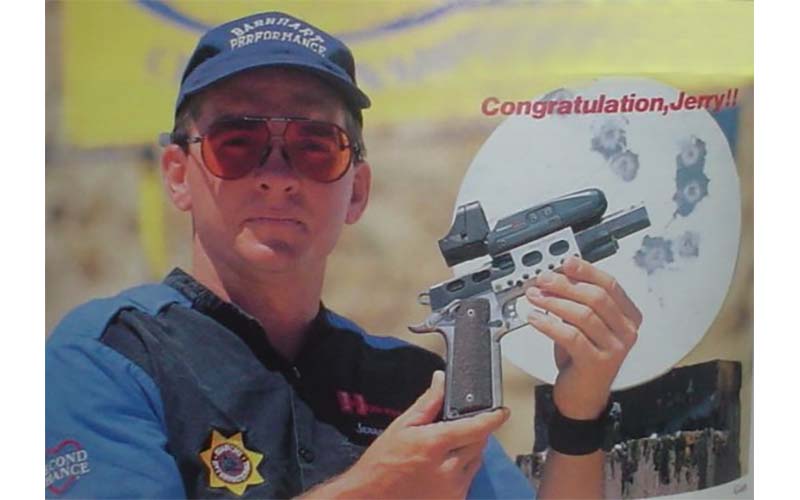
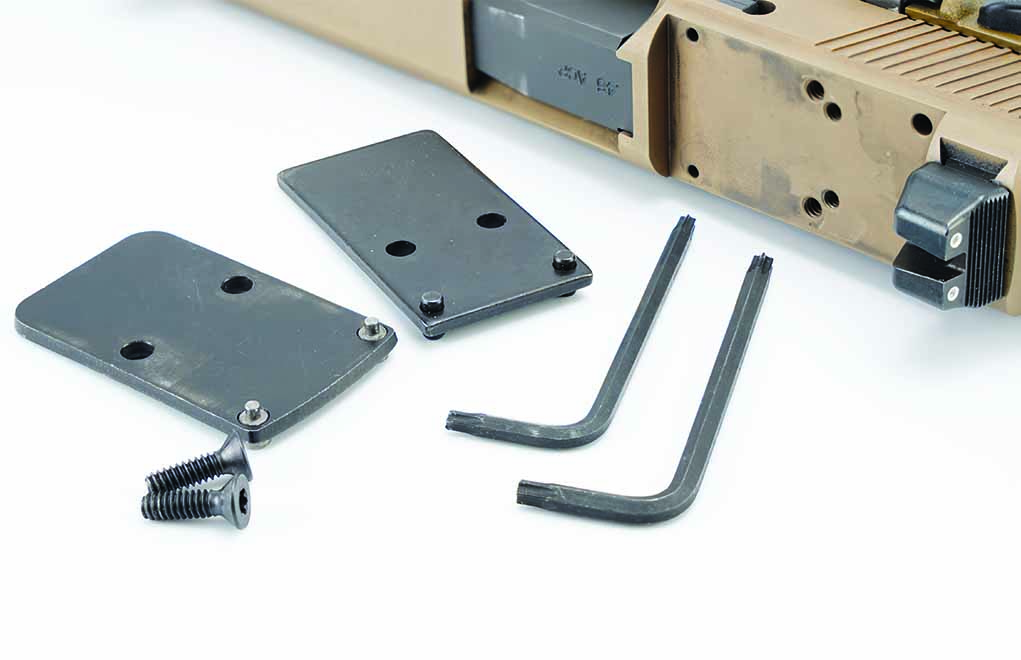
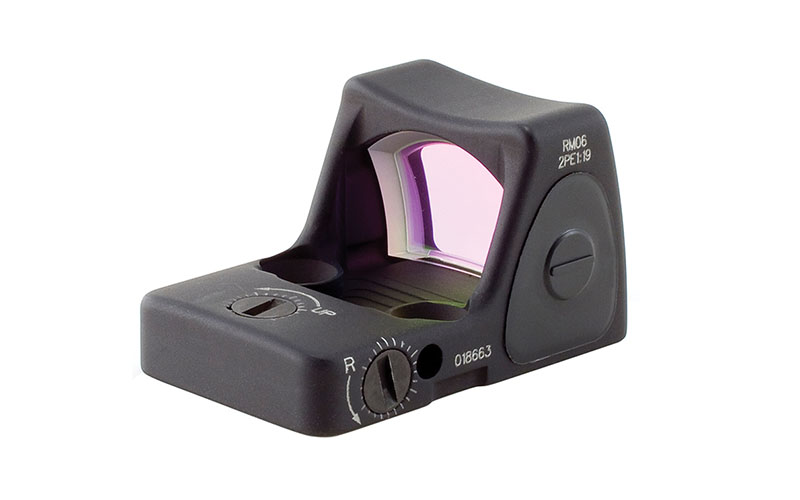
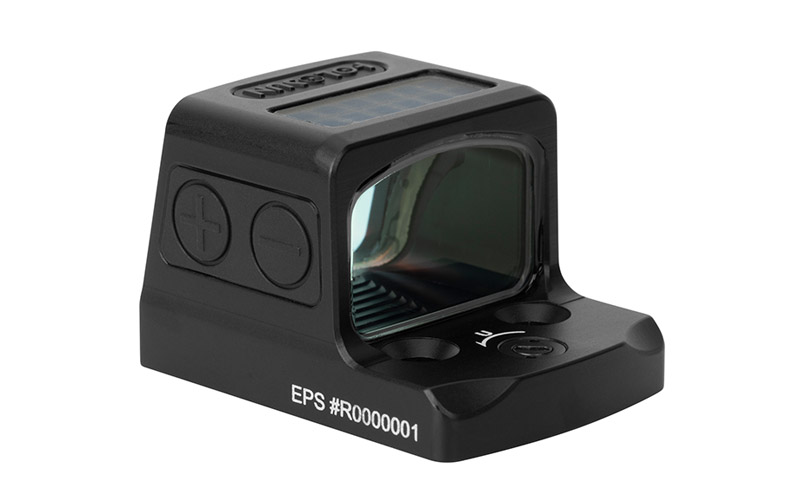

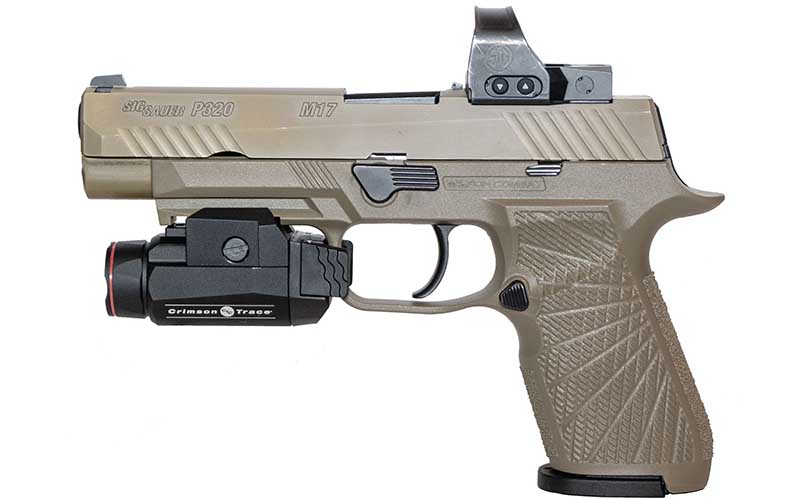
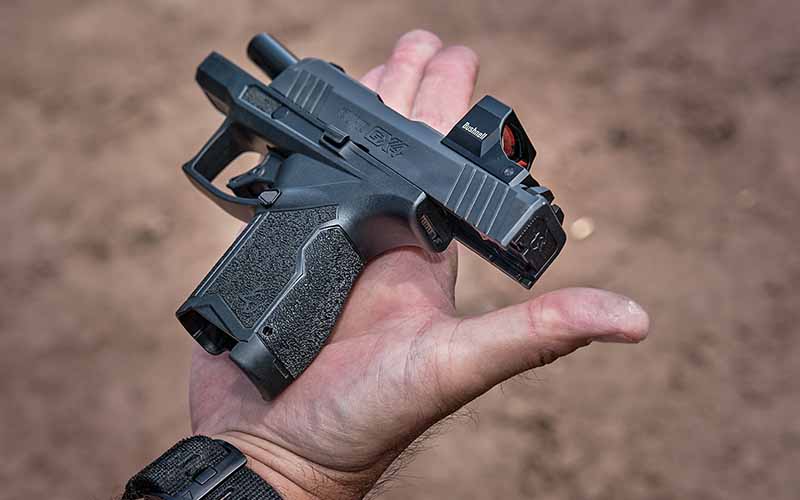
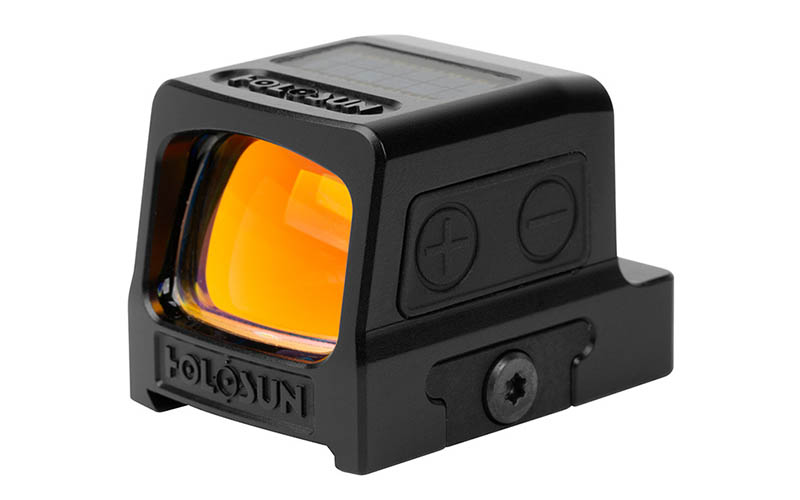
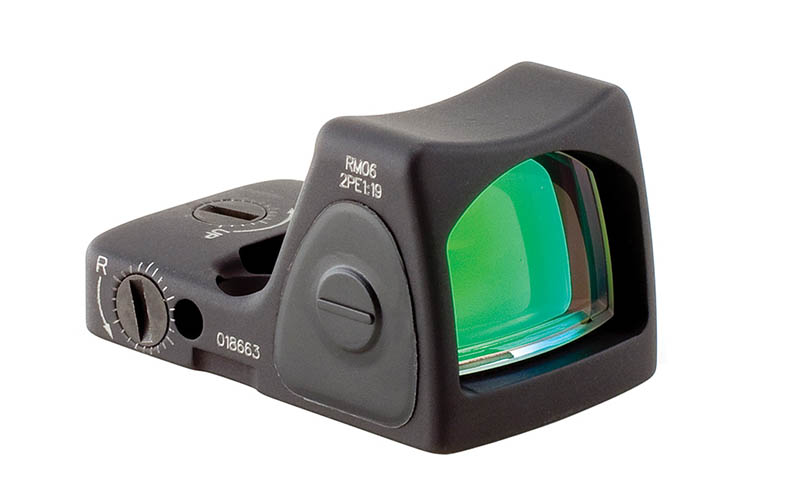
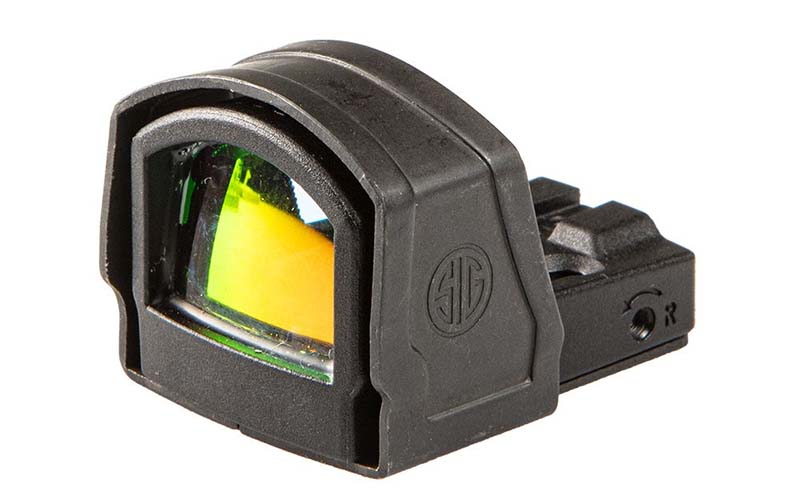
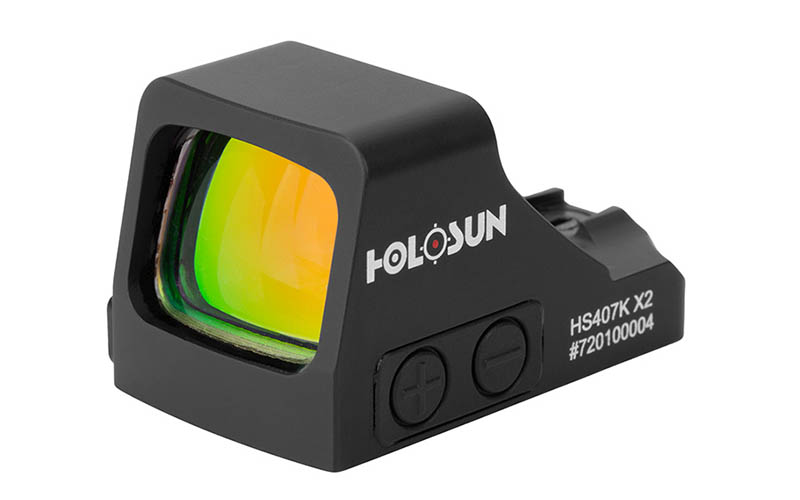
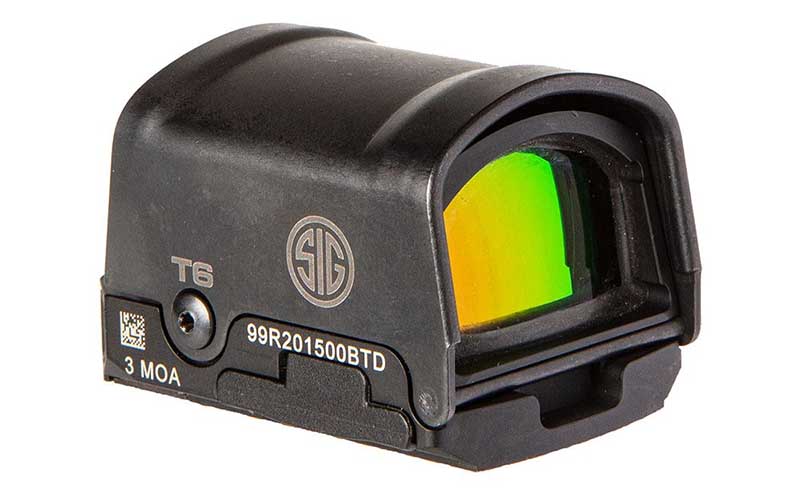

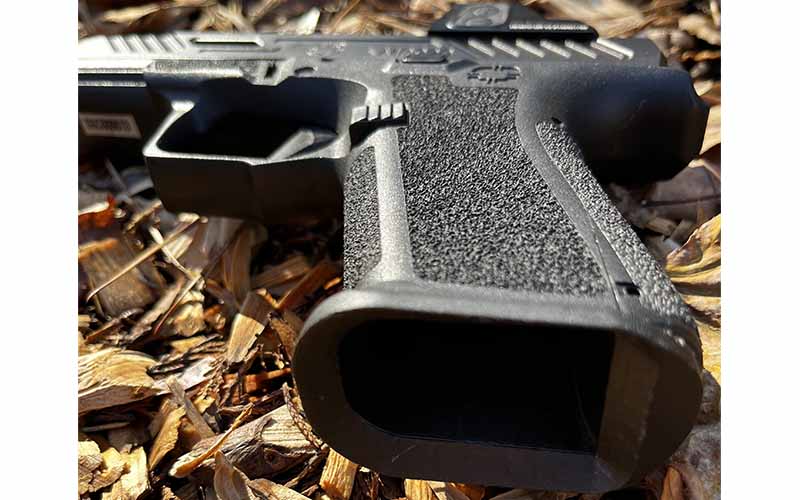
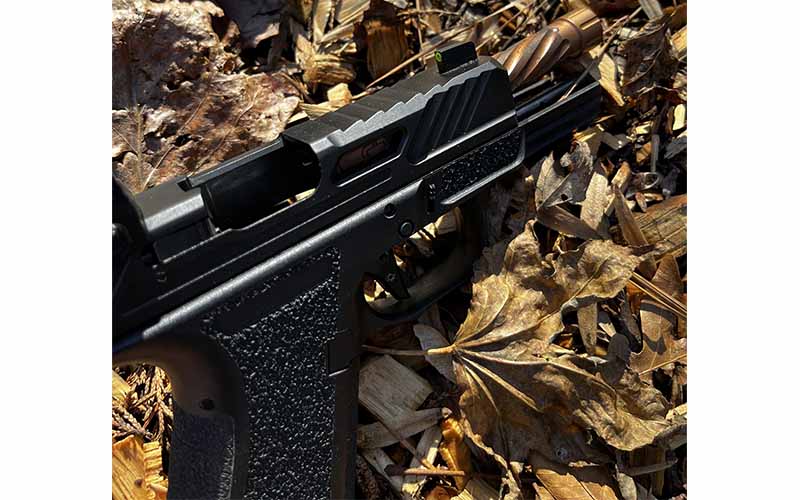
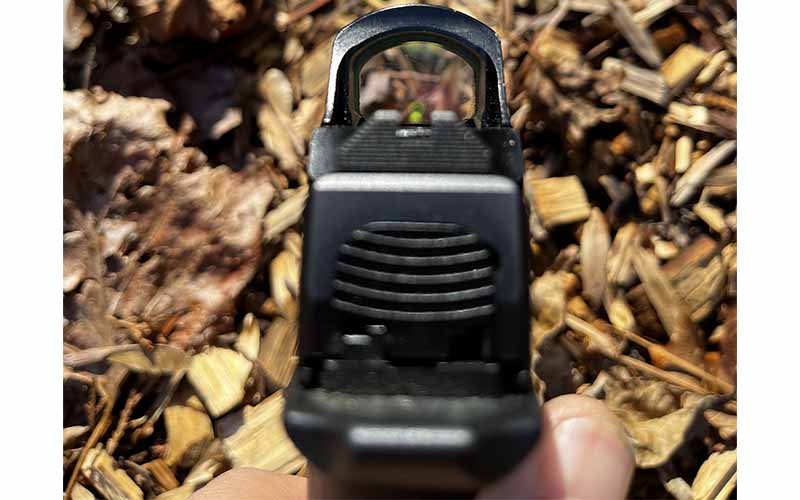
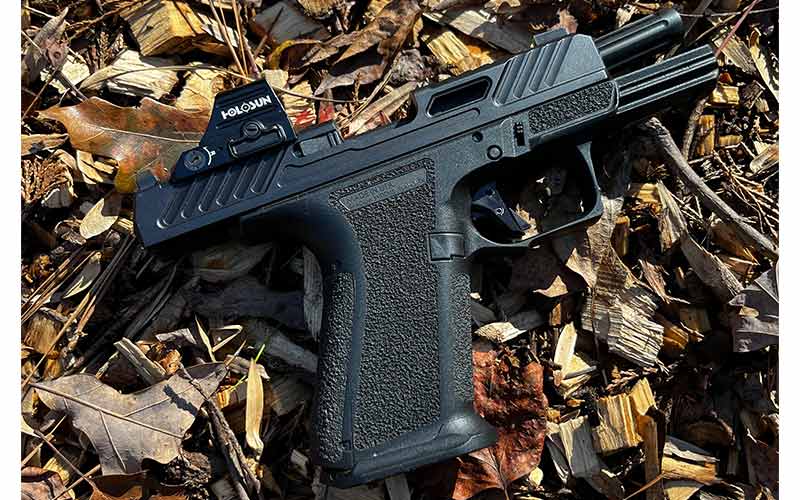
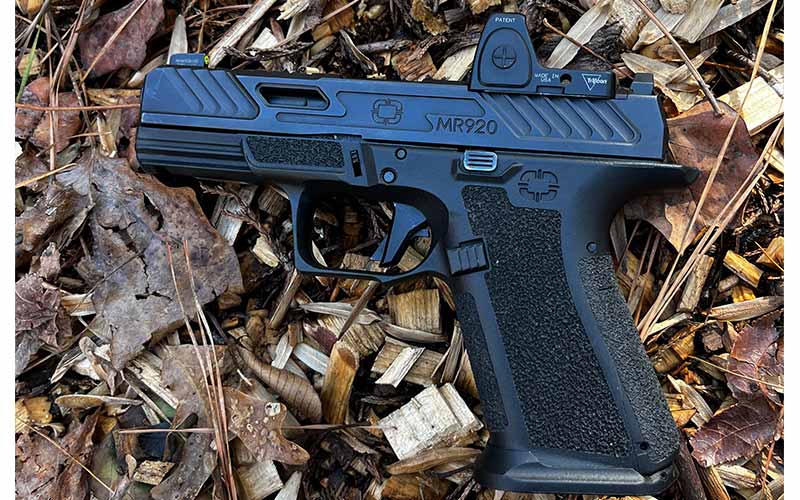
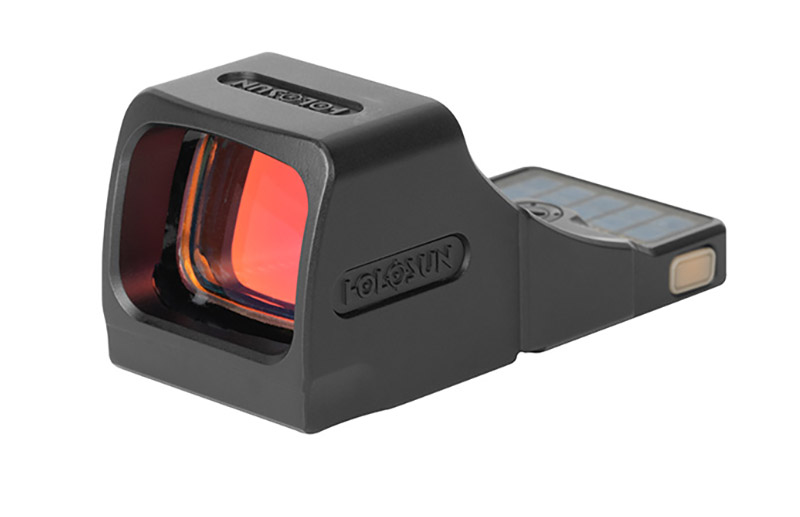
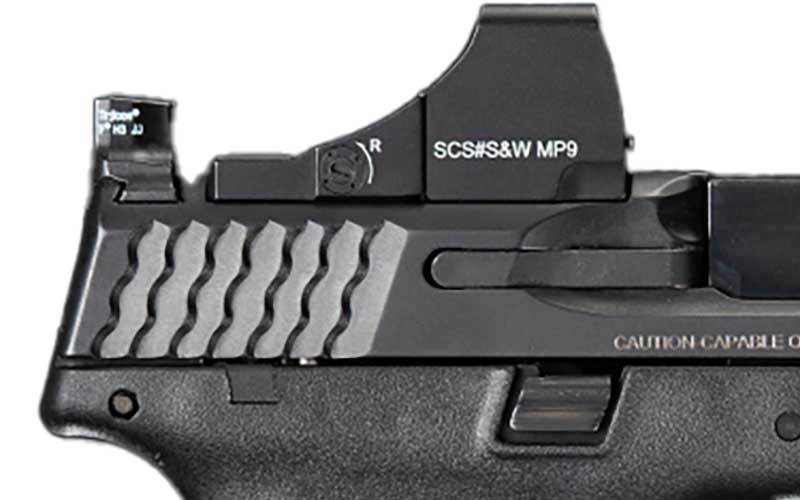
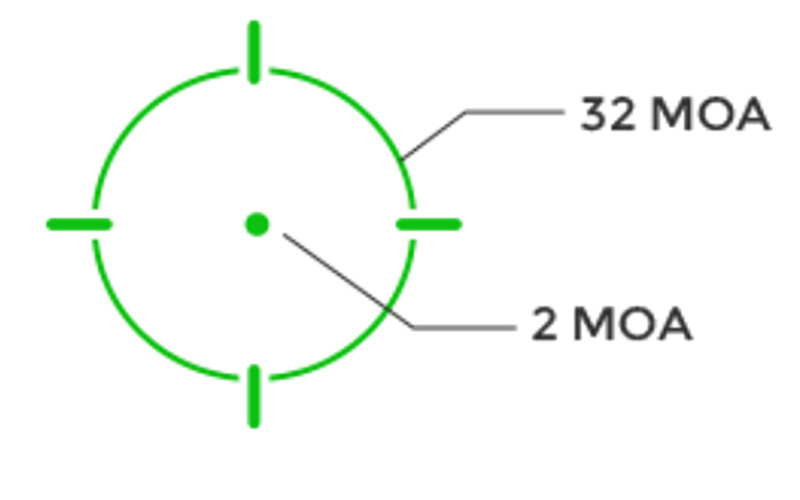
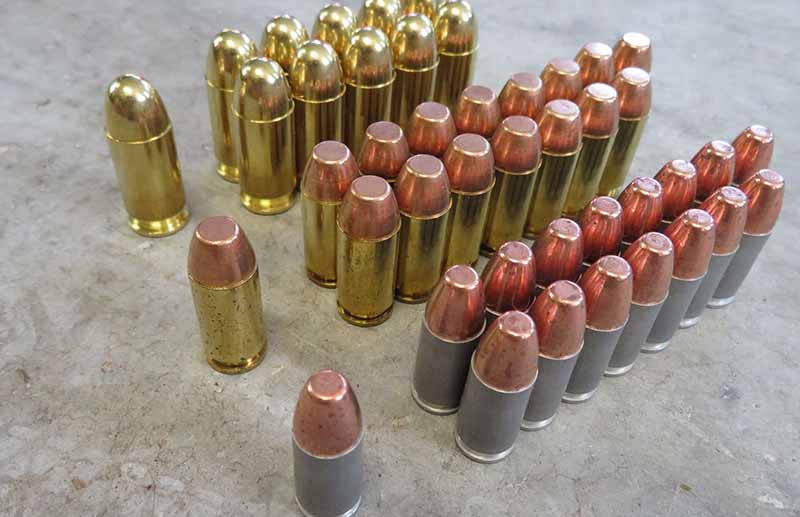
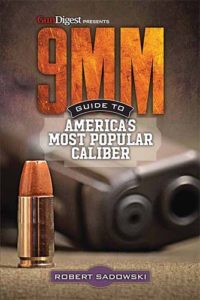
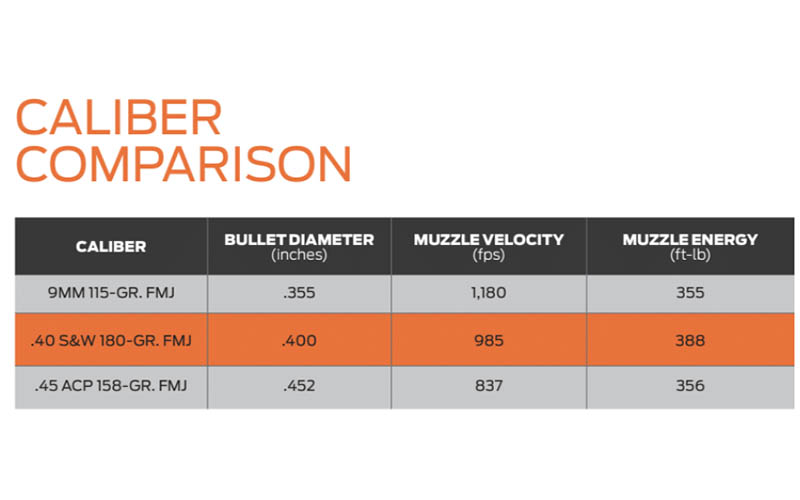
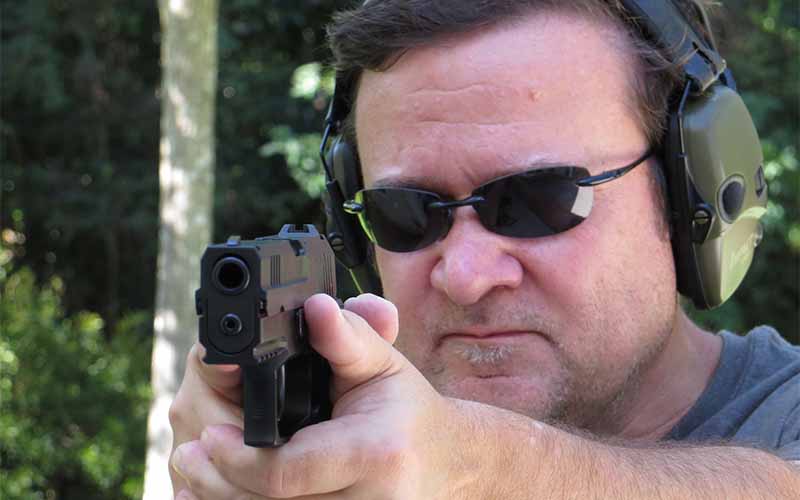
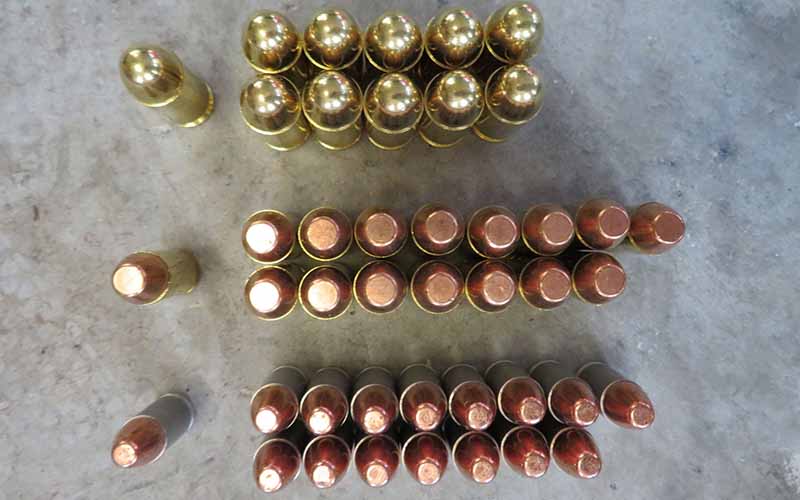
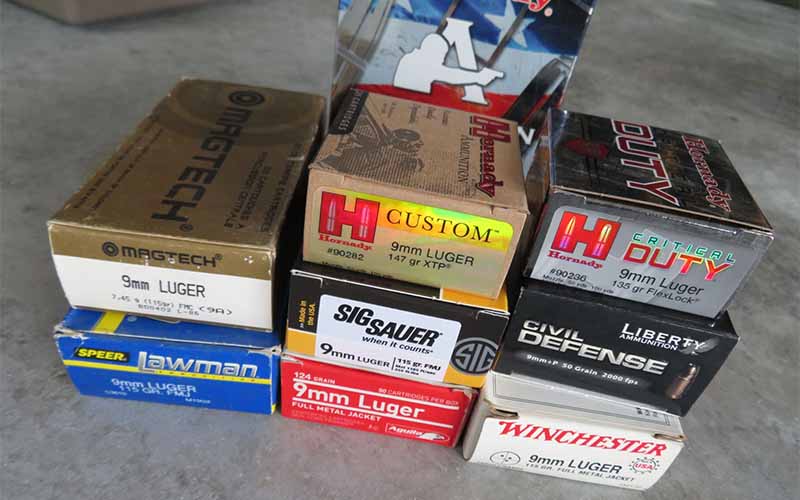


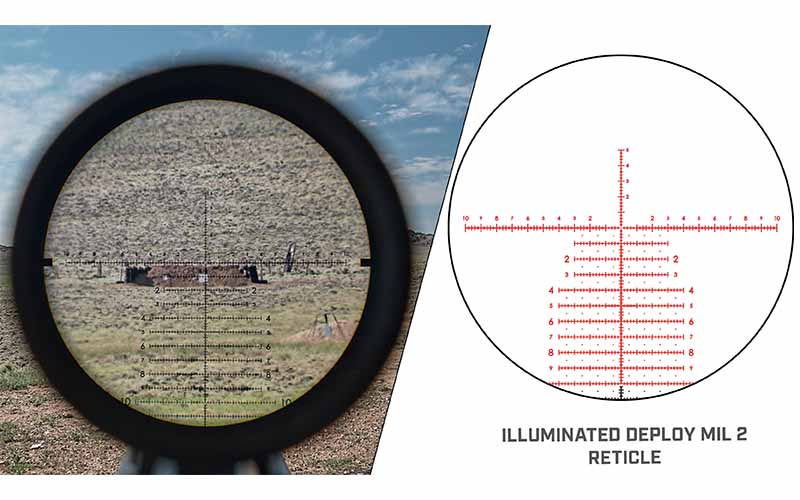


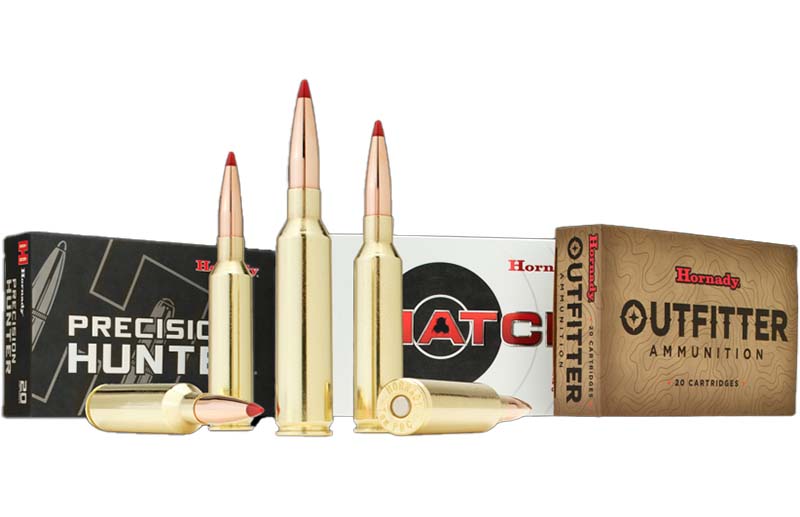


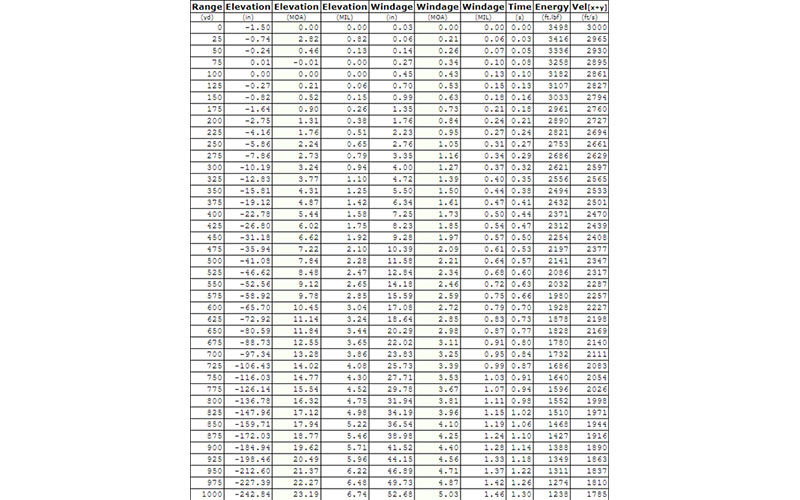
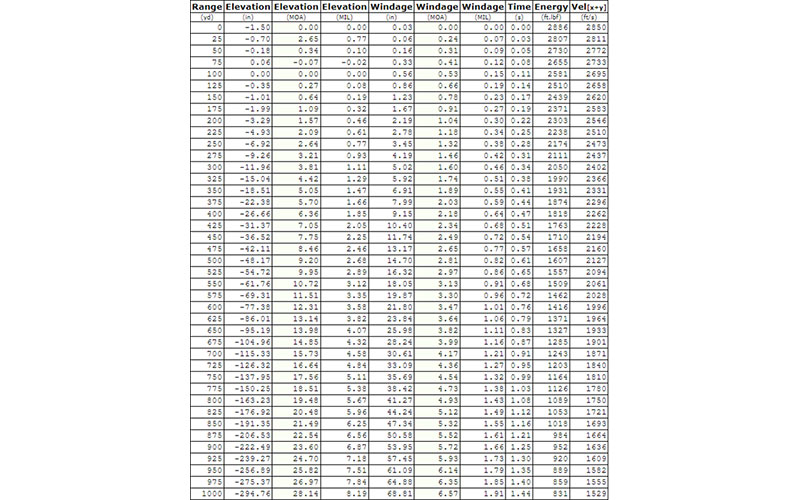
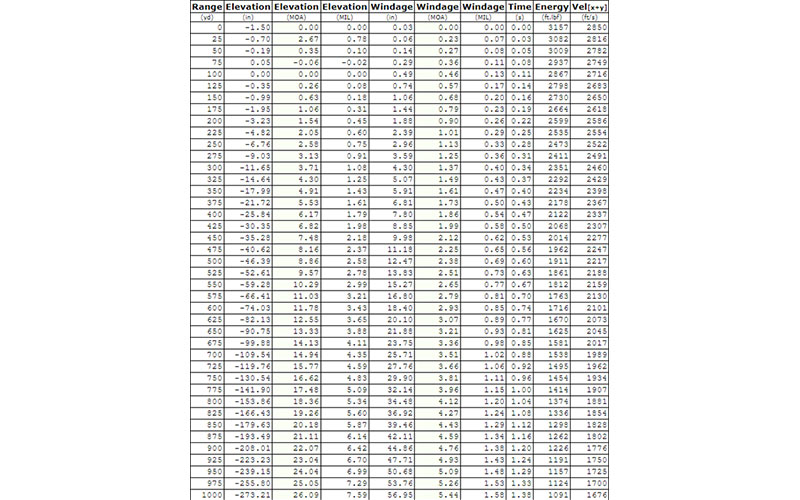
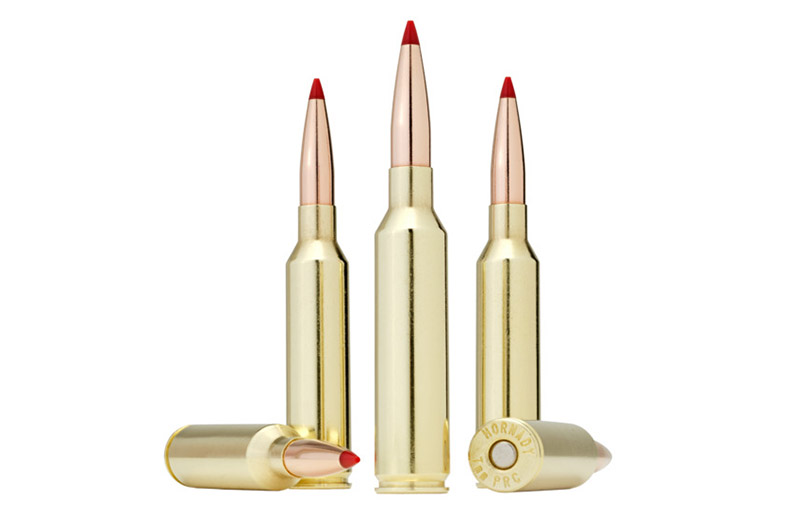
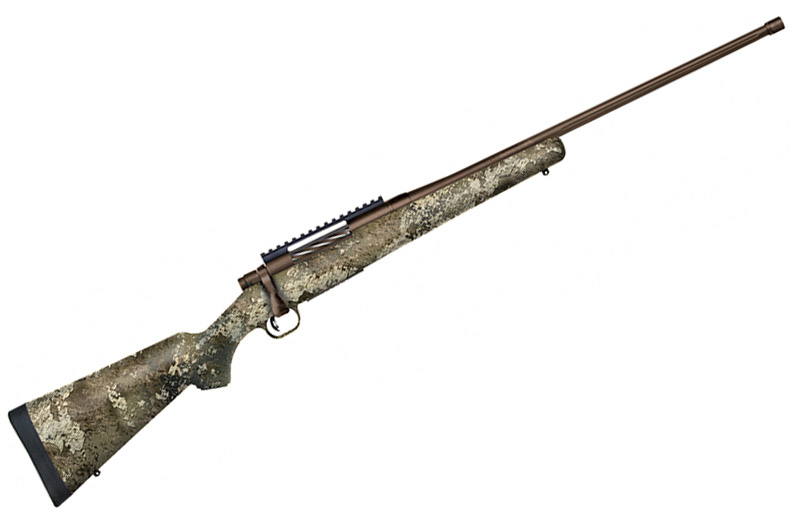
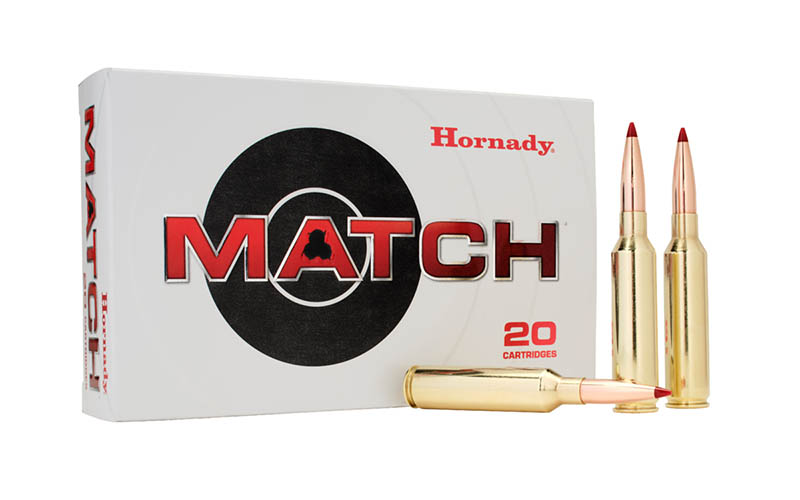
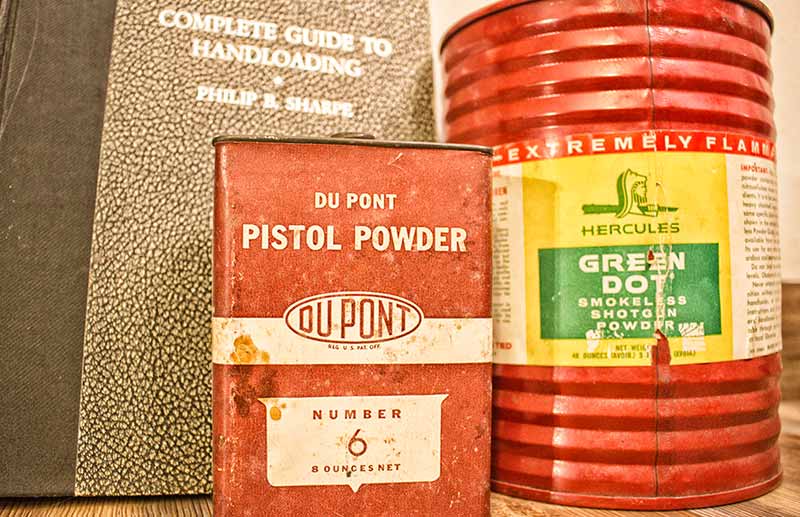
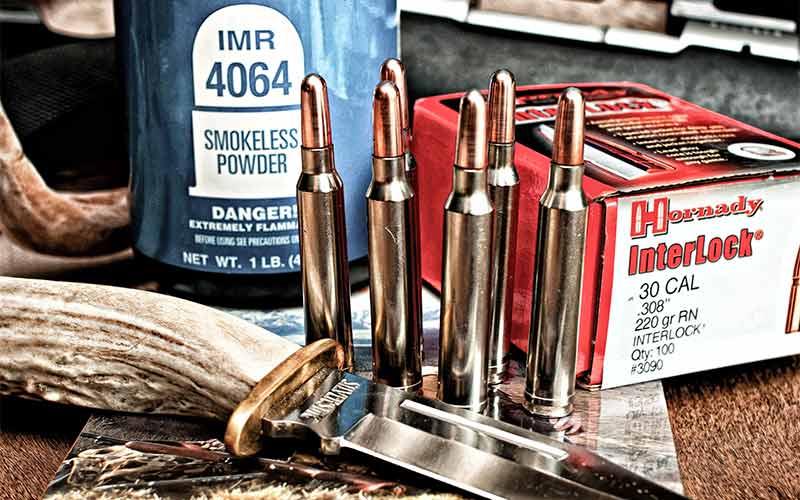
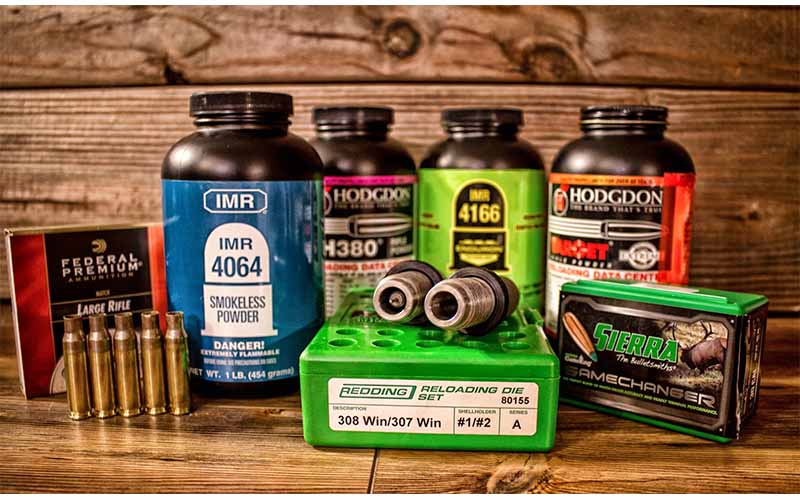
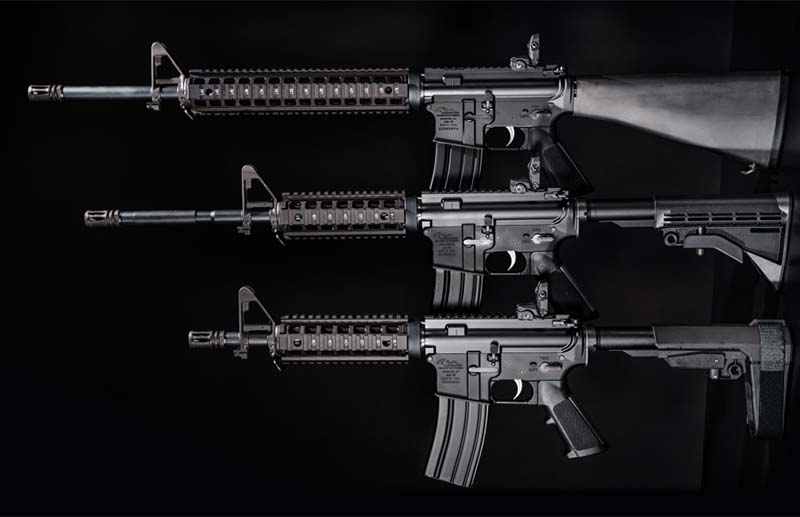
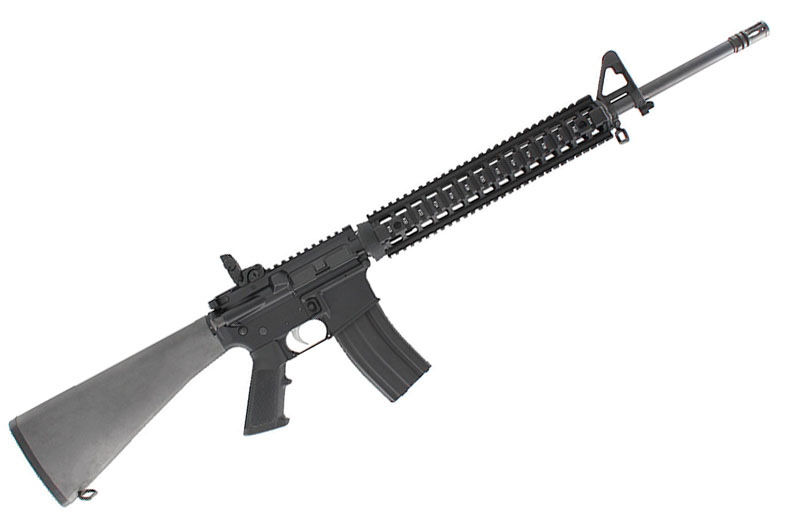
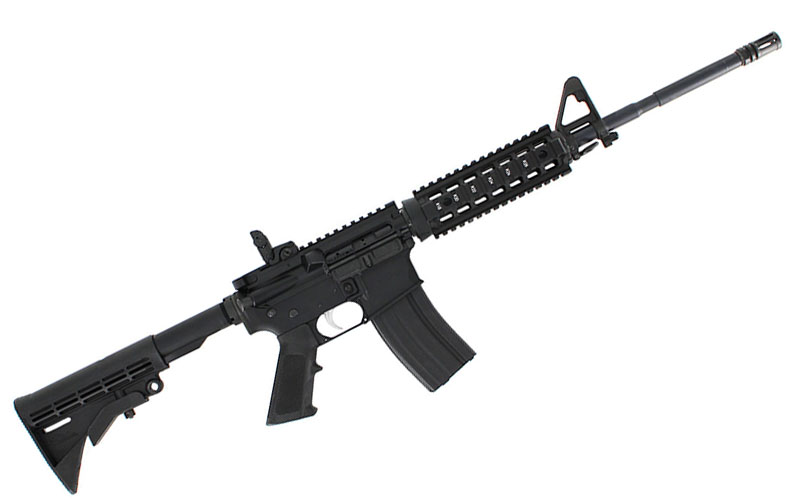
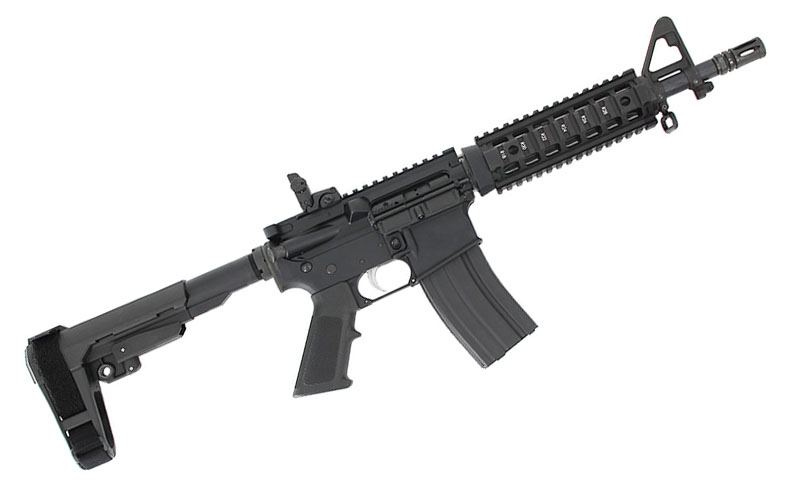

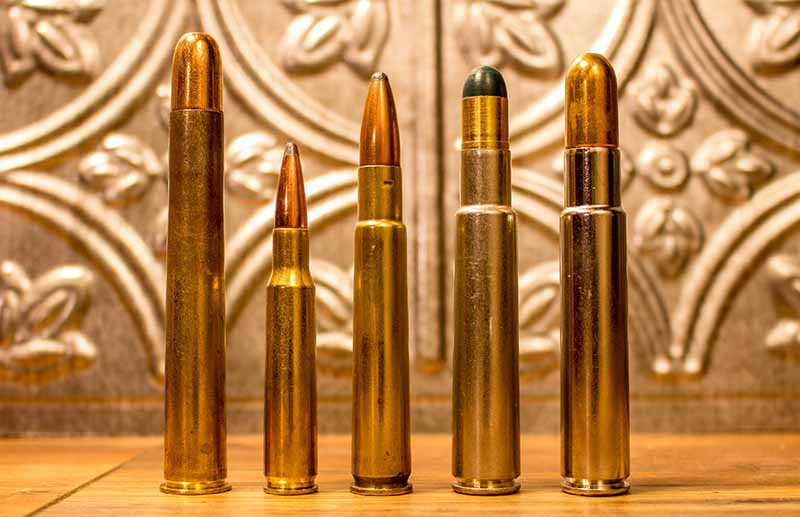

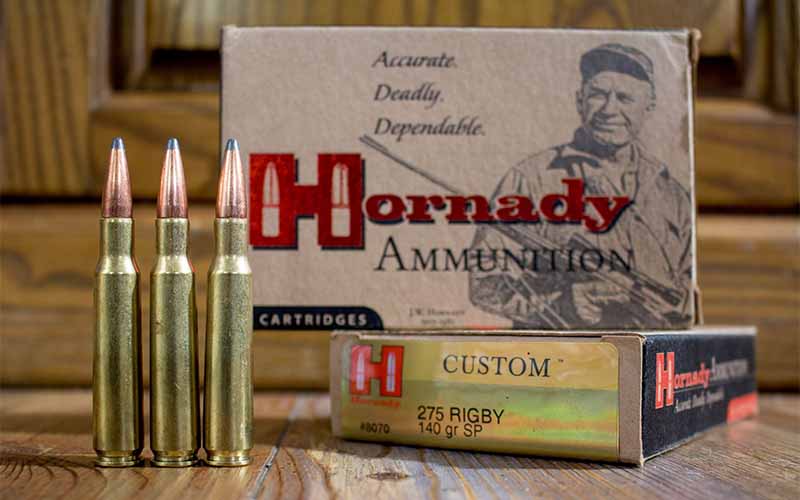
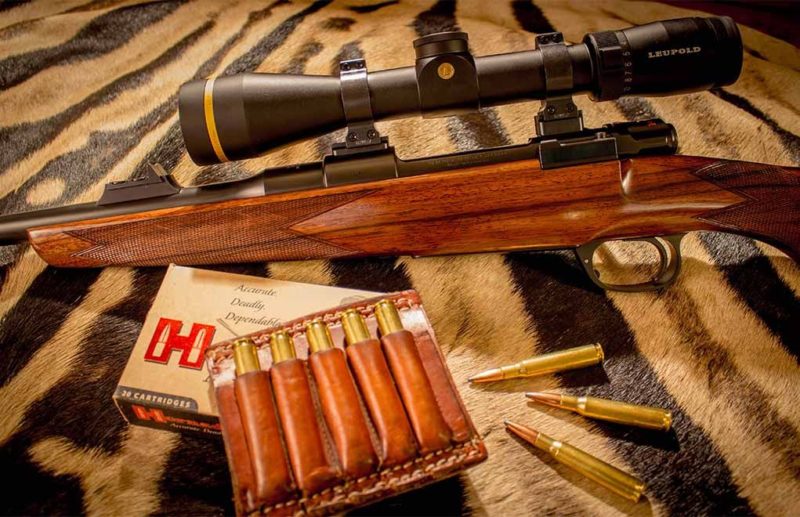
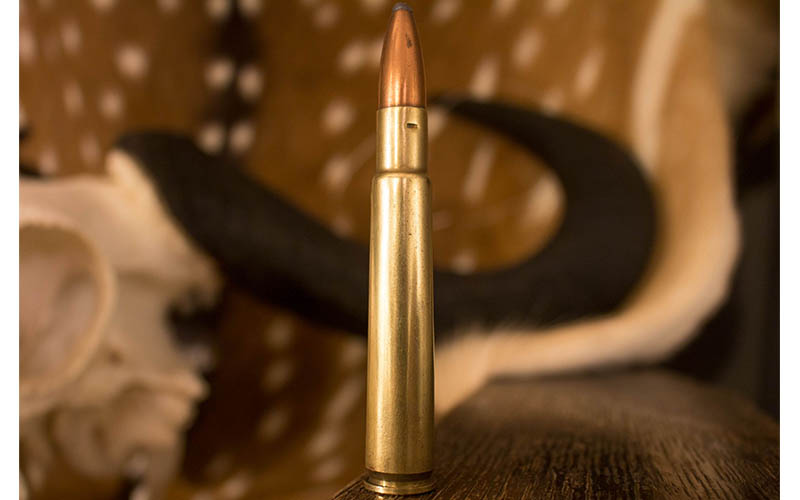
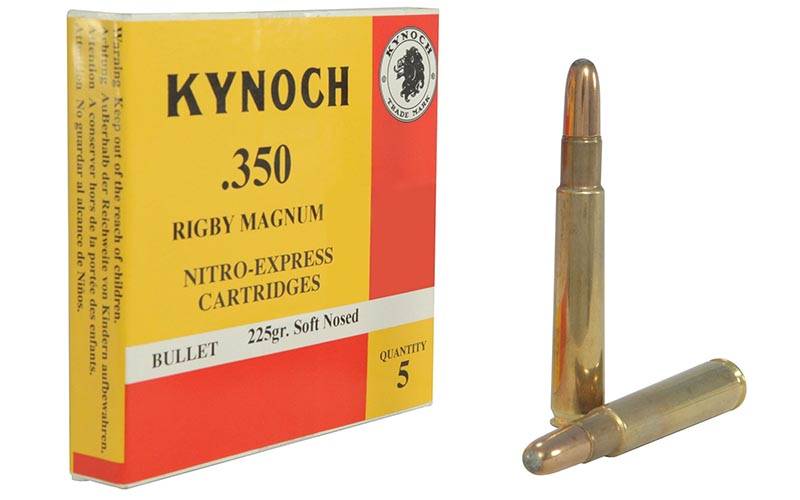
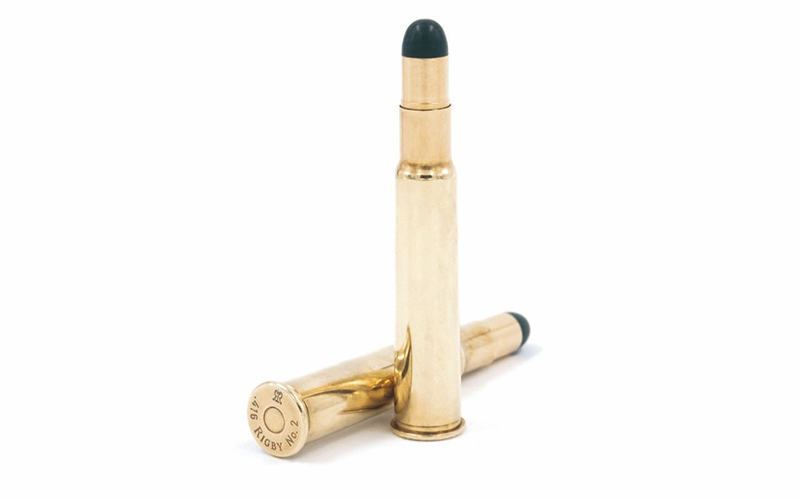
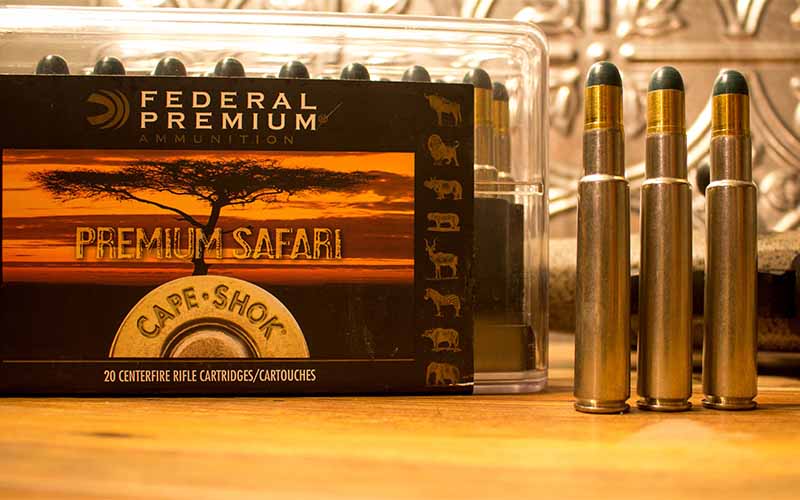
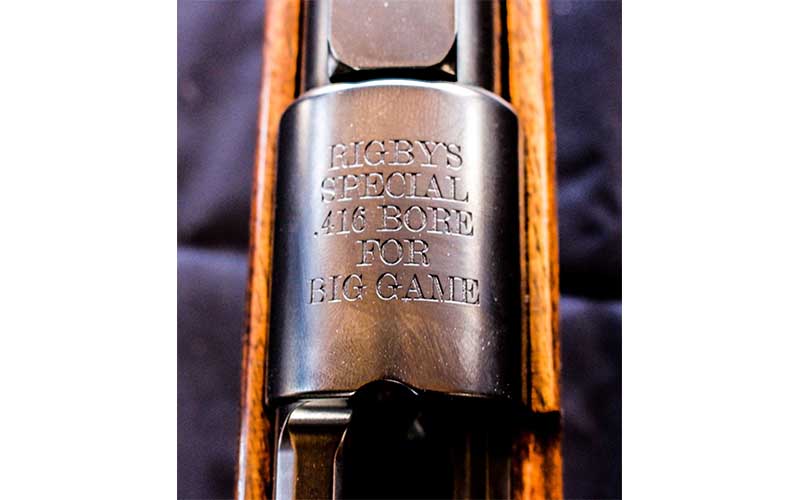
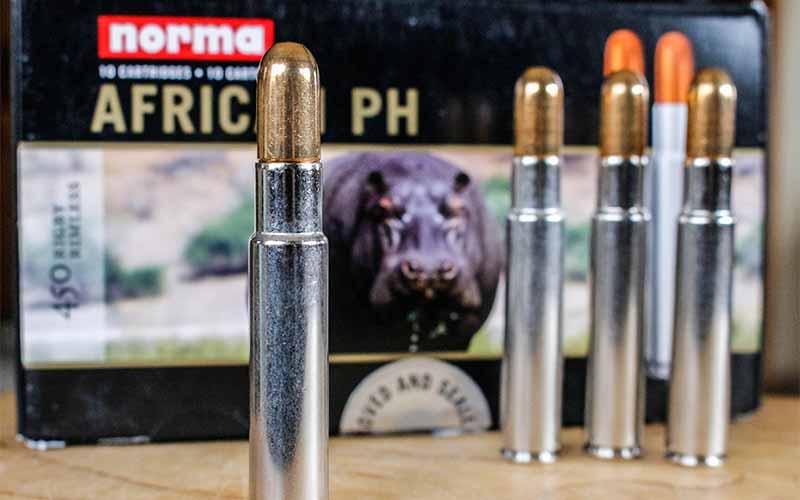
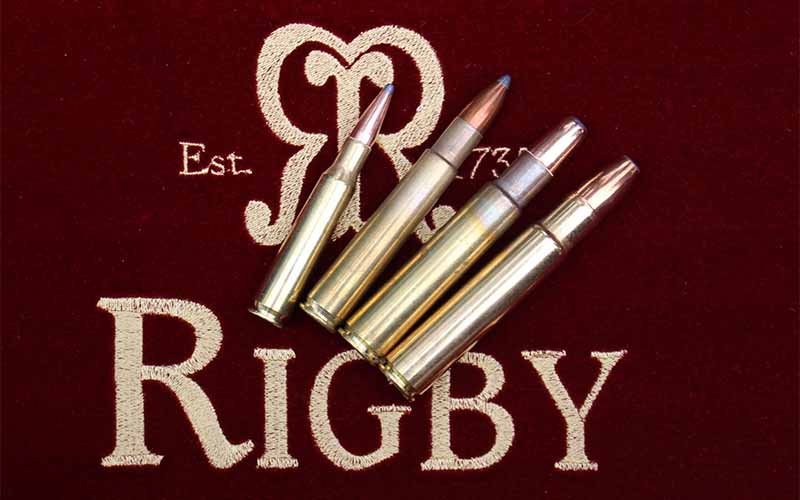
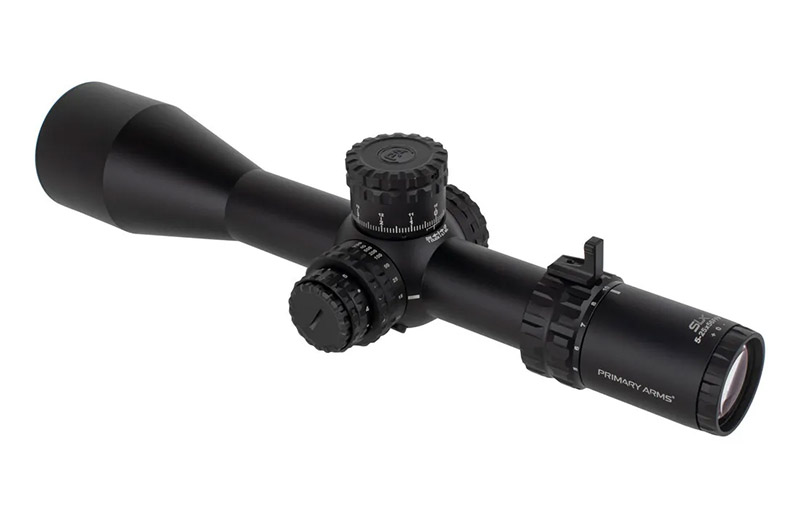
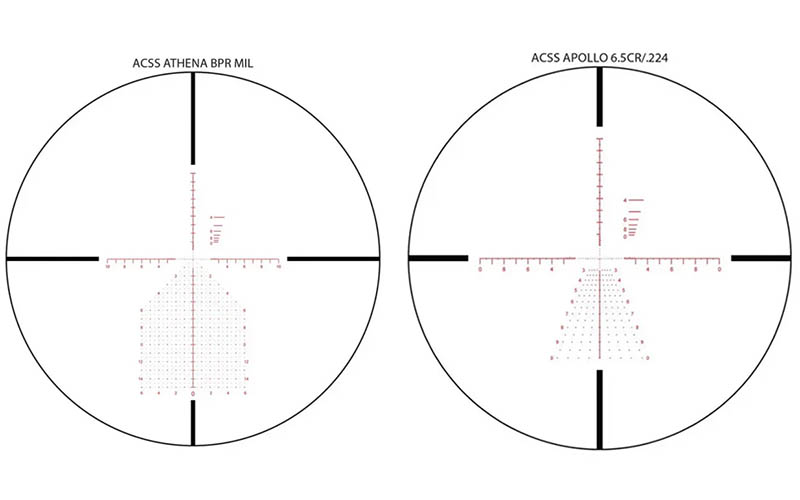
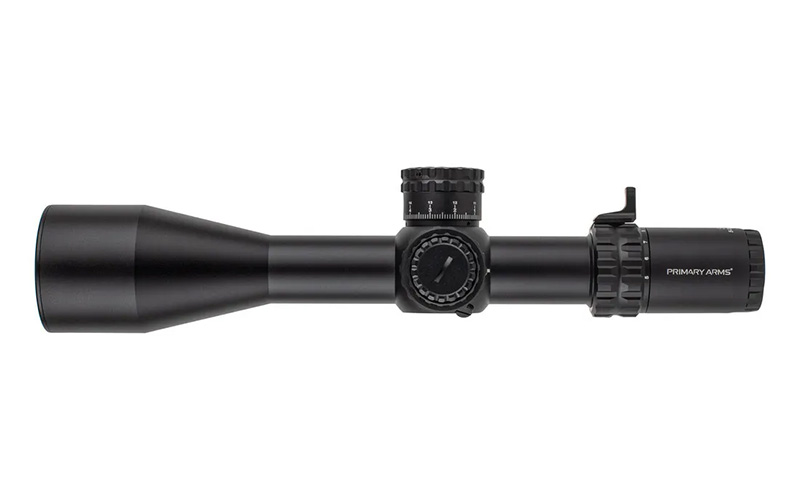
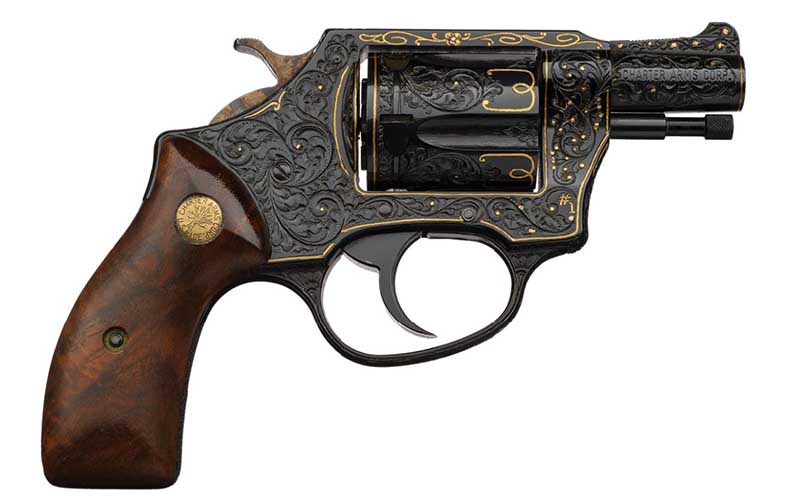


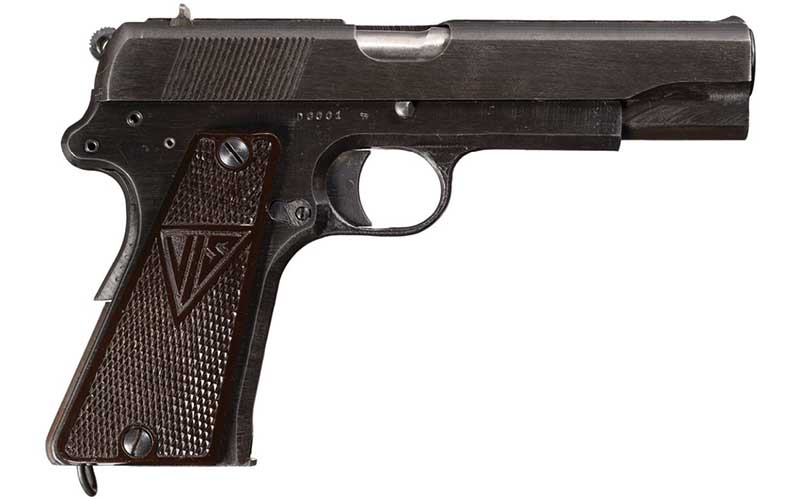




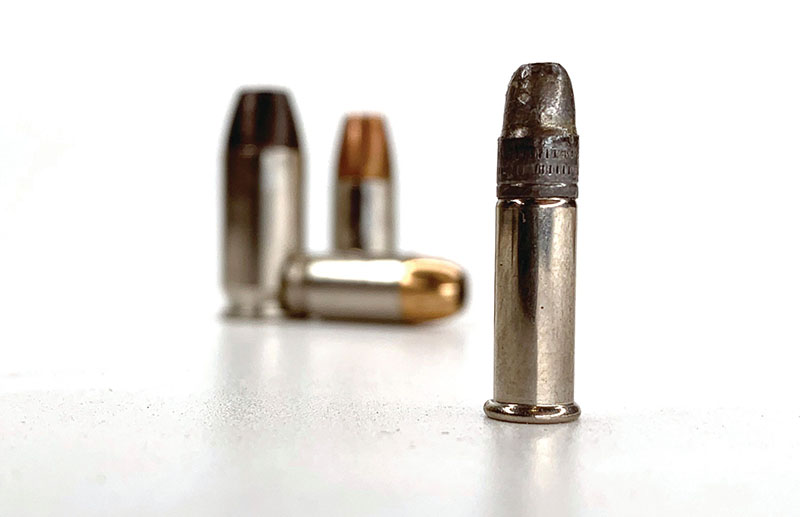
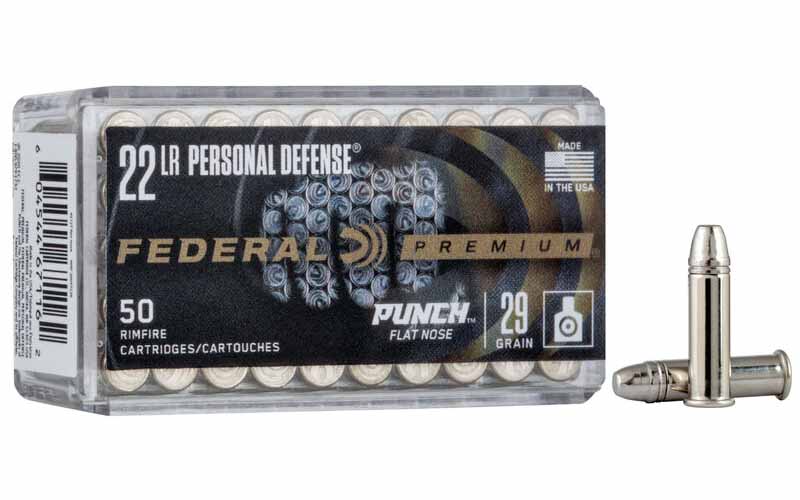
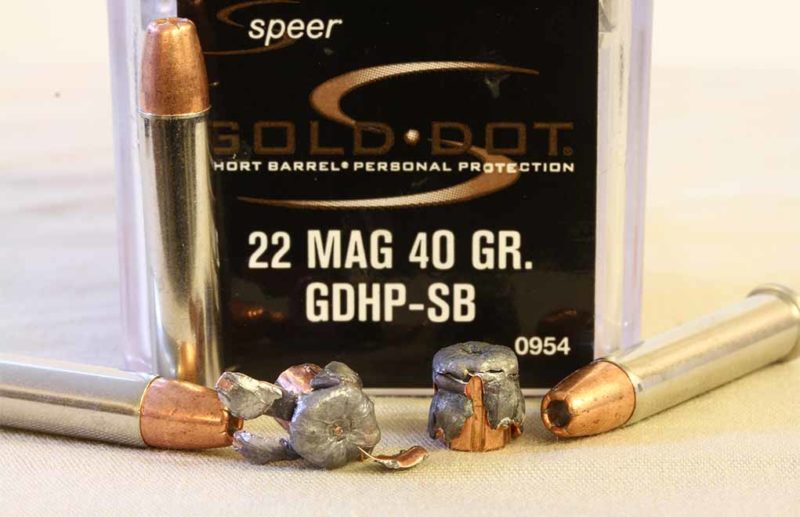
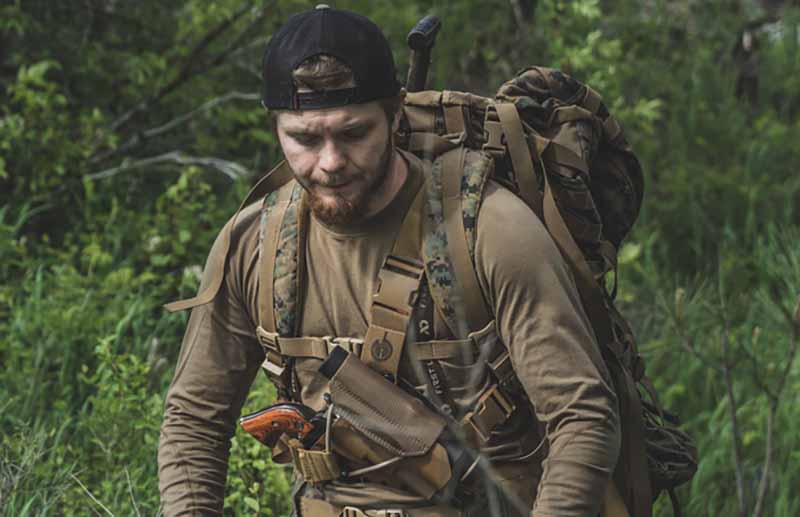
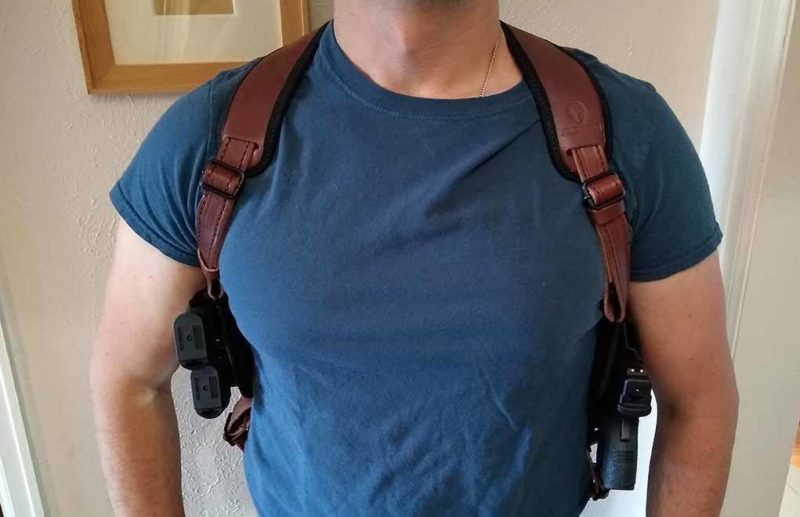
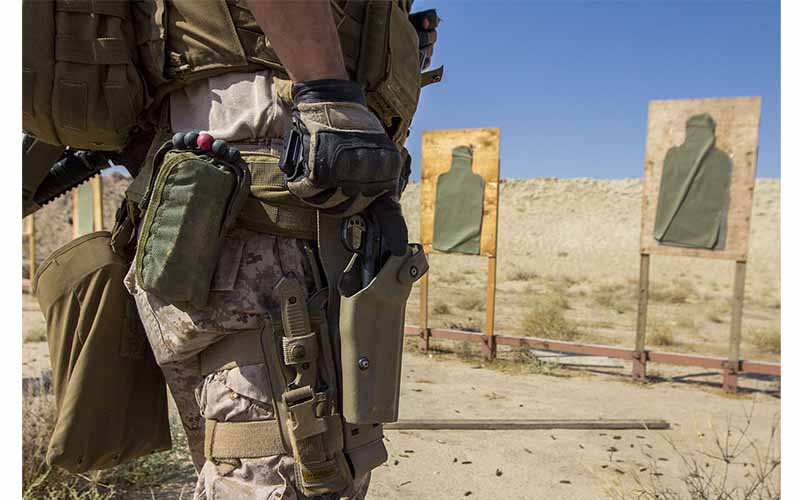
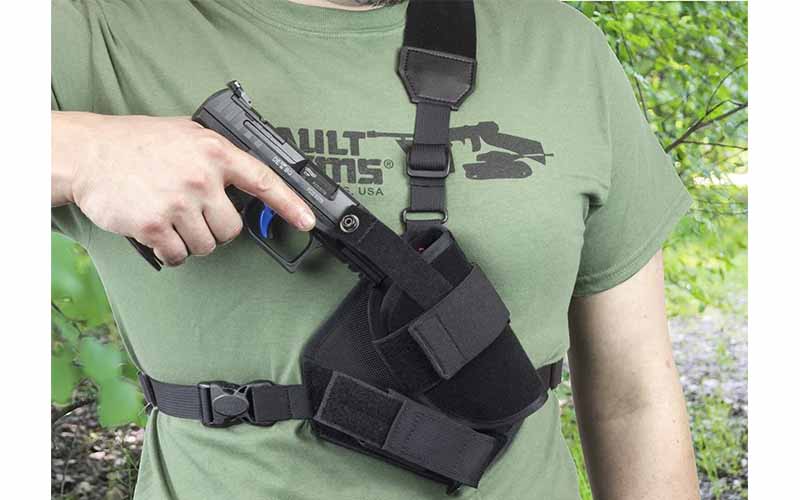
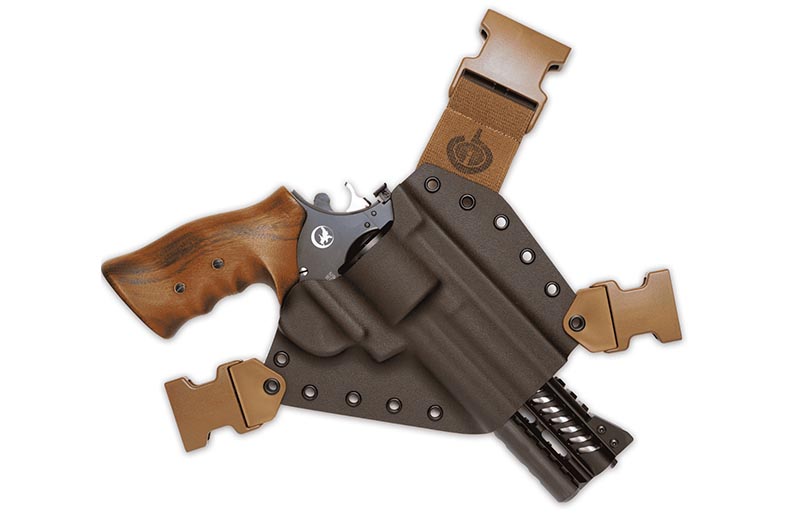
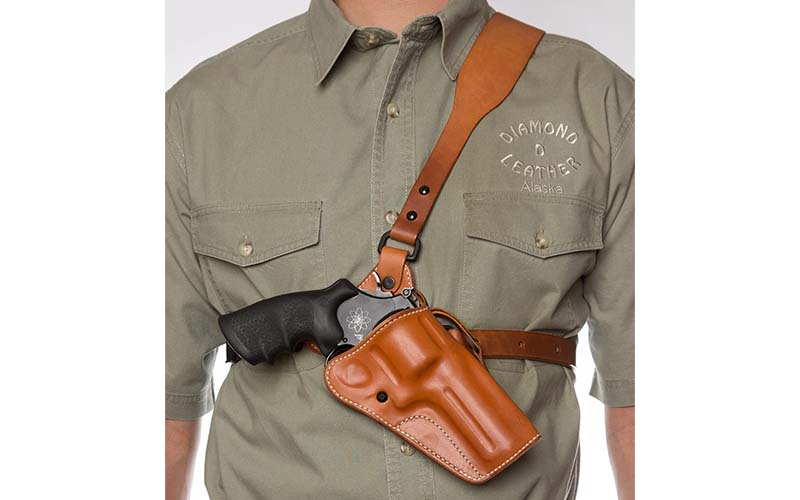
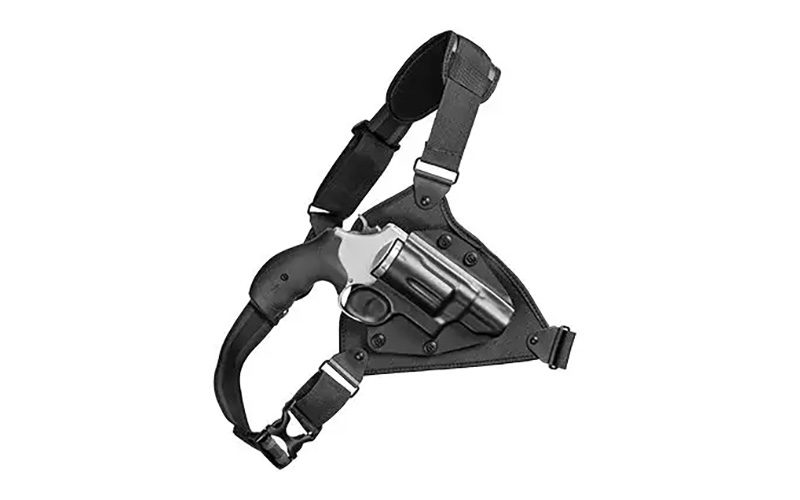
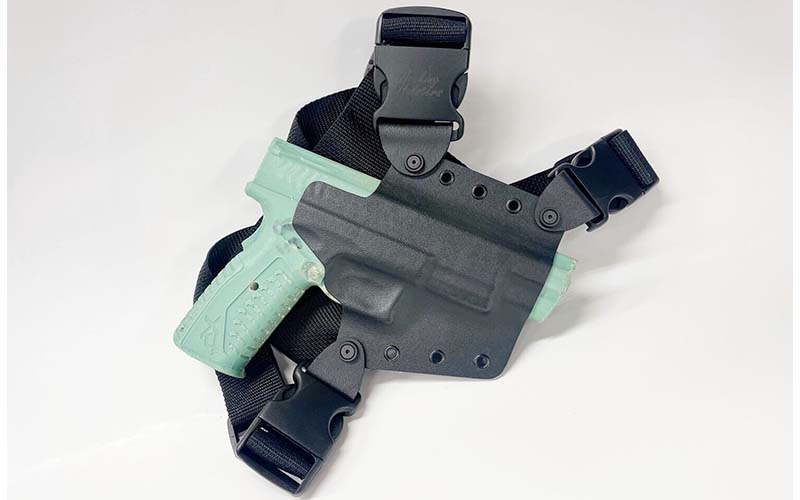
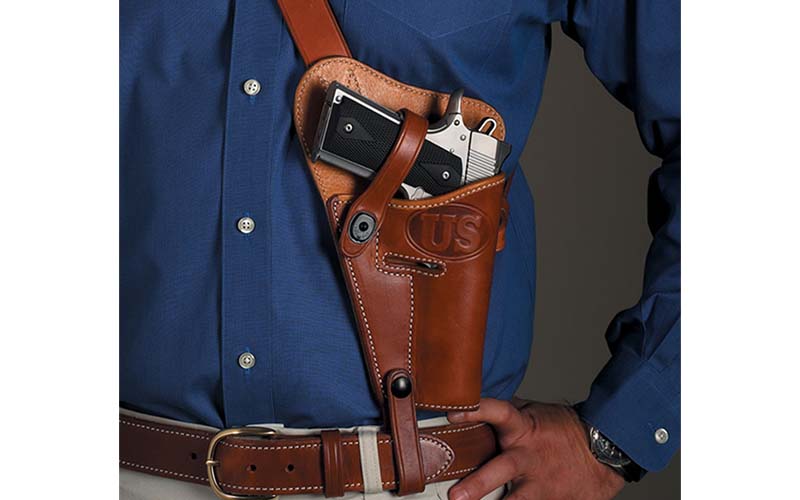
![Best Concealed Carry Guns In 2025 [Field Tested] Wilson Combat EDC X9S 1](https://gundigest.com/wp-content/uploads/Wilson-Combat-EDC-X9S-1-324x160.jpg)


![Best 9mm Carbine: Affordable PCCs [Tested] Ruger Carbine Shooting](https://gundigest.com/wp-content/uploads/Ruger-Carbine-Shooting-100x70.jpg)
![Best AR-15: Top Options Available Today [Field Tested] Harrington and Richardson PSA XM177E2 feature](https://gundigest.com/wp-content/uploads/Harrington-and-Richardson-PSA-XM177E2-feature-100x70.jpg)
